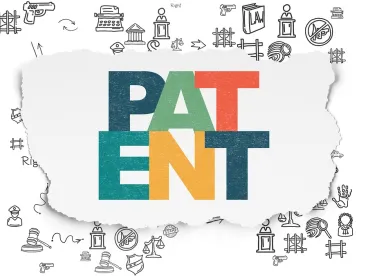In a rare case where secondary considerations of non-obviousness carried the day, the Patent Trial and Appeal Board (PTAB) concluded that even though the petitioner made a sufficient obviousness showing, the patent owner’s evidence of secondary considerations was sufficiently compelling to overcome such a showing. World Bottling Cap, LLC v. Crown Packaging Technology, Inc., Case No. IPR2015-01651 (PTAB, Jan. 19, 2017) (Saindon, APJ).
The patent at issue is directed to a specific type of bottle cap, called a crown cap, used for glass beer or soda bottles. Crown caps have been around for more than a century but, according to the patent, Crown Packaging’s cap was unique because it was made with thinner and harder steel than conventional caps.
World Bottling Cap argued that the patent was obvious over a combination of two prior art references. According to the petitioner, the first reference taught the overall process of forming a bottle cap, and the second reference taught the desirability of a steel bottle cap having the hardness of steel recited in the claims. In response, the patent owner argued that the two references could not be combined because the hard steel of the second reference would not work in the process of the first prior art reference. The PTAB disagreed with the patent owner and found the second reference’s teachings sufficient to lead one of ordinary skill in the art to the claimed bottle cap, even if there would have been some associated disadvantages.
The PTAB then examined the patent owner’s evidence of secondary considerations of non-obviousness, including evidence of commercial success, industry praise and copying by others. As for the specific evidence of non-obviousness, the patent owner submitted information of an increase in market share upon introduction of the new bottle cap, despite increasing international competition. Specifically, the PTAB credited evidence of increased market share in Peru (where there was no patent barrier) as significant. The PTAB credited the patent owner’s evidence, particularly because the petitioner’s rebuttal arguments had no evidentiary support and because the patent owner’s evidence had a strong nexus to the claimed invention. Regarding industry praise, the PTAB found that the industry had long been attempting to make thinner, harder bottle caps, but could not overcome technical limitations that reduced pressure performance.
In support of its decision, the PTAB observed that “[a]lthough we do not find the argument that ‘if it were so obvious, someone would have done it by now’ persuasive as a matter of course, in the presence of certain additional facts, it can be a useful (but not sufficient) indicator of nonobviousness.”



 />i
/>i

